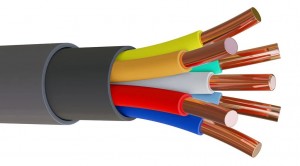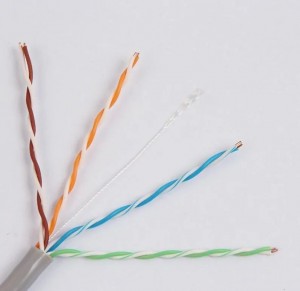
When setting up a reliable network infrastructure, choosing the right type of Ethernet cable is crucial. Among various options, Cat6 cables have gained significant popularity due to their impressive performance capabilities. However, a common question arises: Are all Cat6 cables copper? In this blog post, we will explore the material composition of Cat6 cables and clarify the differences that exist within this category.
Understanding Cat6 Cables
Cat6, short for Category 6 cable, is a standardized cabling system widely used for Ethernet connections. It supports high-speed data transmission, making it ideal for applications that require high bandwidth, such as video streaming, online gaming, and cloud computing. Most Cat6 cables are designed to handle speeds up to 10 Gbps over short distances, with a bandwidth capacity of 250 MHz.
Material Composition of Cat6 Cables
While most Cat6 cables are indeed made of copper, not all cables labeled as Cat6 are entirely copper. Cat6 cables can vary in material quality, and understanding these differences can prevent costly mistakes when purchasing networking equipment.
The Importance of Choosing the Right Material
When purchasing Cat6 cables, it’s essential to consider the material used in their construction. Using cables with pure copper conductors generally ensures better performance and longevity, particularly in business and critical networking environments. On the other hand, less expensive options, such as copper-clad aluminum cables, might be more suitable for short-term use or less demanding situations.

Conclusion
In summary, not all Cat6 cables are made of pure copper. Variations such as copper-clad aluminum and oxygen-free copper cables exist, each with distinct performance characteristics. When selecting the appropriate Cat6 cable, assess your specific needs and the potential impact of cable material on your network's performance. By doing so, you can ensure that your network infrastructure is reliable and capable of supporting current and future data requirements.
Post time: Oct-17-2024
